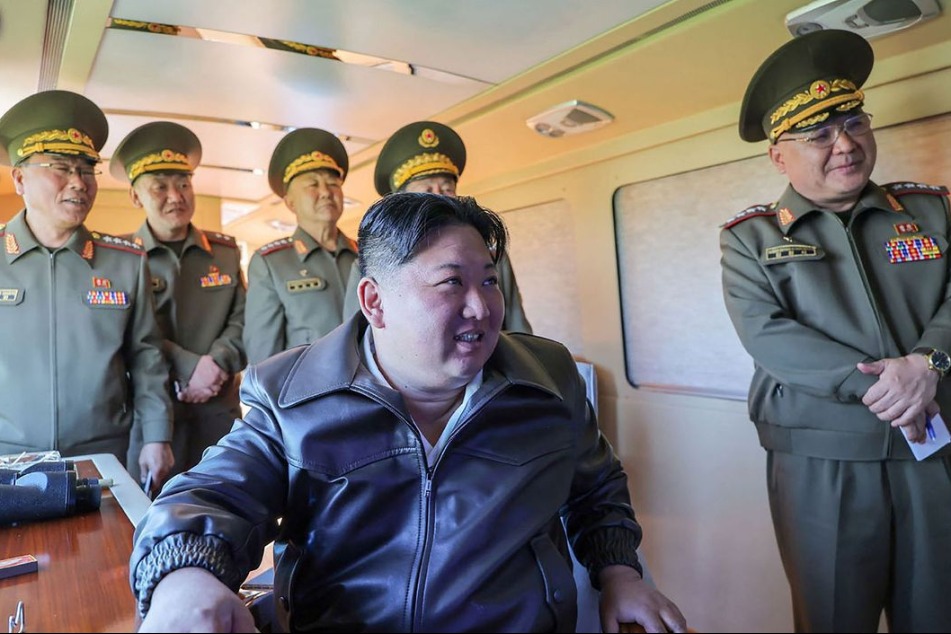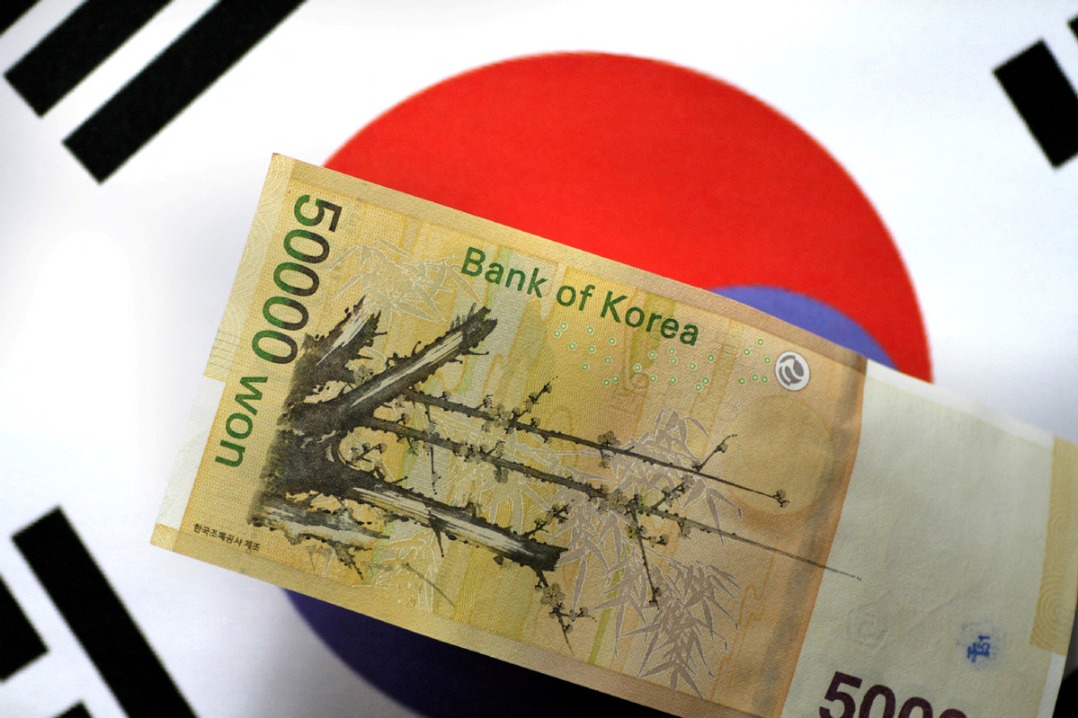System that works and ensures happiness


While China's leaders and luminaries of social sciences outline a bright time for the country on its 100th anniversary in 2049, when, according to President Xi Jinping, it will be "a great modern socialist country that is prosperous, strong, democratic, culturally advanced, harmonious, and beautiful", in the West, some politicians and Sinologists wonder when the system ruling in the Middle Kingdom will collapse. While paying more attention to its political than economic characteristics, they lose sight of the essence of the matter.
People in China accept the system because they are happy with the economic progress that has raised their standard of living. In this year's World Happiness Report, China is not far behind Japan and South Korea and ranks higher — in some cases significantly, if, for example, compared to India — than other BRICS countries such as Iran, Russia, South Africa and Egypt. It outperforms others too, including states with larger per capita GDP. Interestingly, the Chinese are happier than citizens of certain European Union nations, such as Croatia, Greece, and Bulgaria.
On the 75th anniversary of the founding of the People's Republic of China, we have read commentaries in The Economist about how China's leaders are pondering about the experience of the failed Soviet Union. Yet I think that China has learned a lot from it and from former socialist countries of East Central Europe and has drawn the proper conclusions. The decisive reason why the Soviet-style state socialism failed was not lack of democracy, which is the dominant thesis in the West, but the miserable economic progress marked by huge shortages and inflation. The dreadful coexistence of both undermined the efficiency of enterprises and, consequently, limited the scale of household consumption growth.
China, on the other hand, has reformed its economic system so profoundly that it has allowed entrepreneurs to make profits and people to earn increasingly decent wages.
The economies of many centrally-planned countries collapsed in the past due to inflation. The inflation was hidden by suppressing price rises through political decisions. This defied the logic of the market economy and was akin to an ostrich burying its head in the sand. Worse still, because of inconsistent reforms that liberalized markets only partially, price rise was accompanied by absence of goods. I call it the shortageflation syndrome; although things were getting increasingly expensive, they were not always available in the market.
During the post-socialist system transformation — after the Polish political turn of 1989 and the collapse of the Soviet Union in 1991-the recovery from the shortageflation was devastating for the real economy. A deep recession lasted for three years in Poland, where the GDP declined by almost 20 percent. In Russia, it lasted 10 years, during which time the GDP fell by more than half. A radical collapse of production and simultaneous high inflation was accompanied by a deep redistribution of income and wealth, with all political consequences it entailed.
Only China, thanks to its gradual reforms and prudent policy, found its way out of the nightmare of the shortage economy, avoiding long-term recession and without provoking the outbreak of hyperinflation. The elimination of shortages proceeded in parallel with economic growth, while open inflation associated with price liberalization remained low. While the consumer price index, or CPI, increased from 3.1 percent in 1990 and 3.4 percent in 1991 to 6.4 percent in 1992 and 14.7 percent in 1993, the rate of GDP growth boosted from 3.8 percent in 1990 to 9.2 percent in 1991 and then accelerated to 14.2 percent in 1992 and 14 percent in 1993.
In the former socialist European countries, the systemic reforms failed, whereas in China they succeeded. The contemporary Chinese political system differs in quality from those of other countries, whether state socialism with its inherent soft budget constraints, or liberal capitalism with its hard constraints. I define this system as Chinism. It is a hybrid, in which multiple forms of ownership of the means of production coexist and which combines the power of the invisible hand of the market with the power of the visible hand of the State. Importantly, this combination is accompanied by meritocracy and responsible professionalism in economic management. The system and the policies implemented within it work in practice, which irritates anti-China circles in the West, especially in the US.In their zealous criticism, they even resort to statistical manipulation by using the current prices to belittle Chinese achievements, claiming that China's "GDP has been slipping of late, from about 75 percent of America's in 2021 to 65 percent now" (The Economist, Oct 19).
In reality — counting correctly, i.e. at constant prices — this ratio at least has not changed between these years and even improved, since China's economy has been growing faster than that of the United States. In the long run, China's GDP increased from approximately 11 percent of the US' GDP in 1960, to 66 percent in 2024. Moreover, since 2016, China's GDP measured in purchasing power parity has been greater than that of the United States and now it exceeds it by 26.6 percent.
The economic dynamism of China should not be a cause for concern, but rather a reason for satisfaction, as it contributes not only to improving the living conditions of millions of Chinese people, but also stimulates economic development in other parts of the world.
The author is a director of Transformation, Integration and Globalization Economic Research (TIGER) at Kozminski University in Warsaw, former deputy prime minister and minister of finance of Poland and distinguished professor of the Belt and Road School of Beijing Normal University.

































